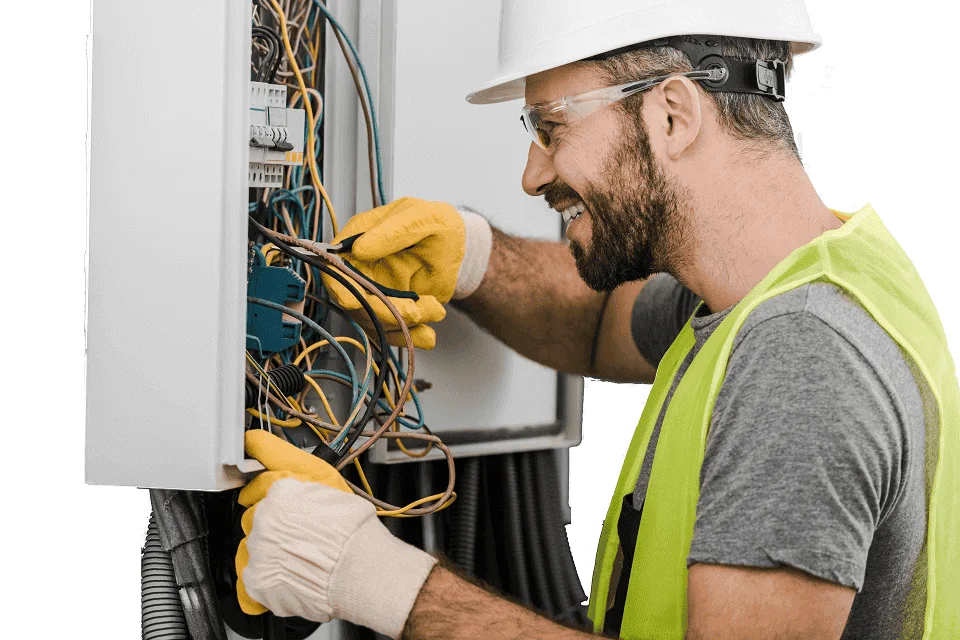
If you’re planning a credible route into the trade—or looking to convert years on the tools into formal recognition—the benchmark is the nvq level 3 electrical qualification. Already working widely and ready to evidence what you can do? The focused nvq level 3 electrical fast track pathway can help you prove competence efficiently without cutting corners.
Why NVQ Level 3 matters
Unlike purely classroom-based certificates, NVQ Level 3 is a competence qualification built on real work. It shows that you can plan, install, test and document electrical systems to recognised standards in genuine site conditions. That distinction matters to clients and main contractors: they need people who can deliver compliant work under time pressure, coordinate with other trades, and leave paperwork that stands up to scrutiny.
NVQ Level 3 also gives structure to your development. Rather than a scatter of short courses, it maps your skills against occupational standards, highlights gaps, and verifies that your methods are safe, repeatable and auditable. For many electricians, this is the point where experience becomes a portable credential.
Who the fast-track suits (and who it doesn’t)
A fast-track route can be ideal if you already handle a broad range of installations and can present strong evidence. Think experienced operatives who have been first or second fix on varied projects; maintenance engineers with extensive fault-finding and remedial work; or subcontractors whose day-to-day role already includes testing, documentation and client sign-off.
If you’re new to the trade, fast-track is rarely appropriate. You’ll benefit more from an on-programme route with extensive workshop practice, mentored site experience and gradual responsibility. Fast-track is about validating proven competence, not skipping the learning.
What assessors look for
Assessors want to see consistent, safe practice evidenced across real jobs. Typical portfolio components include:
- Clear, date-stamped photos at key stages (containment, dressing, terminations, finished boards).
- Test records (continuity, insulation resistance, loop impedance, RCD performance) with correct values and your interpretation.
- Risk assessments and method statements, plus safe isolation records that show process, not guesswork.
- As-built drawings or marked-up schematics where applicable.
- Brief reflections: what problem you faced, why you chose a method, and how you verified the outcome.
Good evidence tells a story: you identified the requirements, executed clean workmanship, tested methodically, and documented everything clearly.
Building evidence the smart way
Start today. Photograph work systematically, label test sheets neatly, and keep concise notes about decisions and outcomes. File everything by job and circuit so you can retrieve it quickly. If any area is thin—say, inspection and testing on larger boards—ask to shadow a senior colleague, or volunteer for tasks that fill the gap. The aim is breadth as well as depth.
What strong training and assessment support should include
Even experienced candidates benefit from targeted preparation. Look for support that blends:
- Applied theory you actually use: circuit design, protective device selection, derating and grouping factors, discrimination and fault-current considerations.
- Deliberate practice on tasks that raise common snags: containment that aligns, terminations that stay tidy under inspection, boards laid out for maintenance, and labels that make sense months later.
- Testing fluency: not just pressing buttons on a multifunction tester, but interpreting odd results, locating parallel paths, and knowing when figures indicate a deeper issue.
- Documentation discipline: certificates completed properly, schedules that reconcile with drawings, and notes that would satisfy an auditor.
This combination sharpens judgement, not just tool skills—and that is what separates a reliable electrician from a risky hire.
Safety and compliance woven into everything
Competence is inseparable from safety. Expect reinforcement of safe isolation, lockout/tagout, correct PPE, manual handling and live-work avoidance. You should become confident applying wiring-rules requirements on live projects, recognising when a design choice has compliance implications and fixing it before it becomes rework. Safety isn’t a page in a folder; it’s a habit you demonstrate on every job.
Training for today’s jobs
Modern projects demand more than traditional first and second fix. Be ready to encounter:
- EV charging in domestic and small-commercial settings: load management, circuit design and protection.
- Solar PV and storage: integration basics, isolation points and protection.
- Smart controls and building automation: sensors, timers and networked devices that improve efficiency.
- Low-energy lighting and emergency systems: practical verification and documentation.
Even an introductory grasp helps you talk confidently with clients and site managers—and positions you for higher-value tasks.
Making the most of assessment
Treat your assessment as a professional audit of how you work. Arrive prepared, keep your bays tidy, and explain your reasoning as you go. If an assessor sets observed tasks to close evidence gaps, approach them as opportunities to demonstrate method—not just outcomes. Consistency under observation is often what confirms competency.
Career outcomes and progression
With NVQ Level 3 signed off, you’re signalling that your competence is recognised beyond your current employer. It can unlock better day rates, wider client access and a clearer path towards roles with responsibility for testing, documentation and supervision. Keep momentum with focused CPD—code changes, new test methods, or specialist areas like controls and EV charging—and your skills will remain current as the industry evolves.
please follow us on Vibe Linker.


